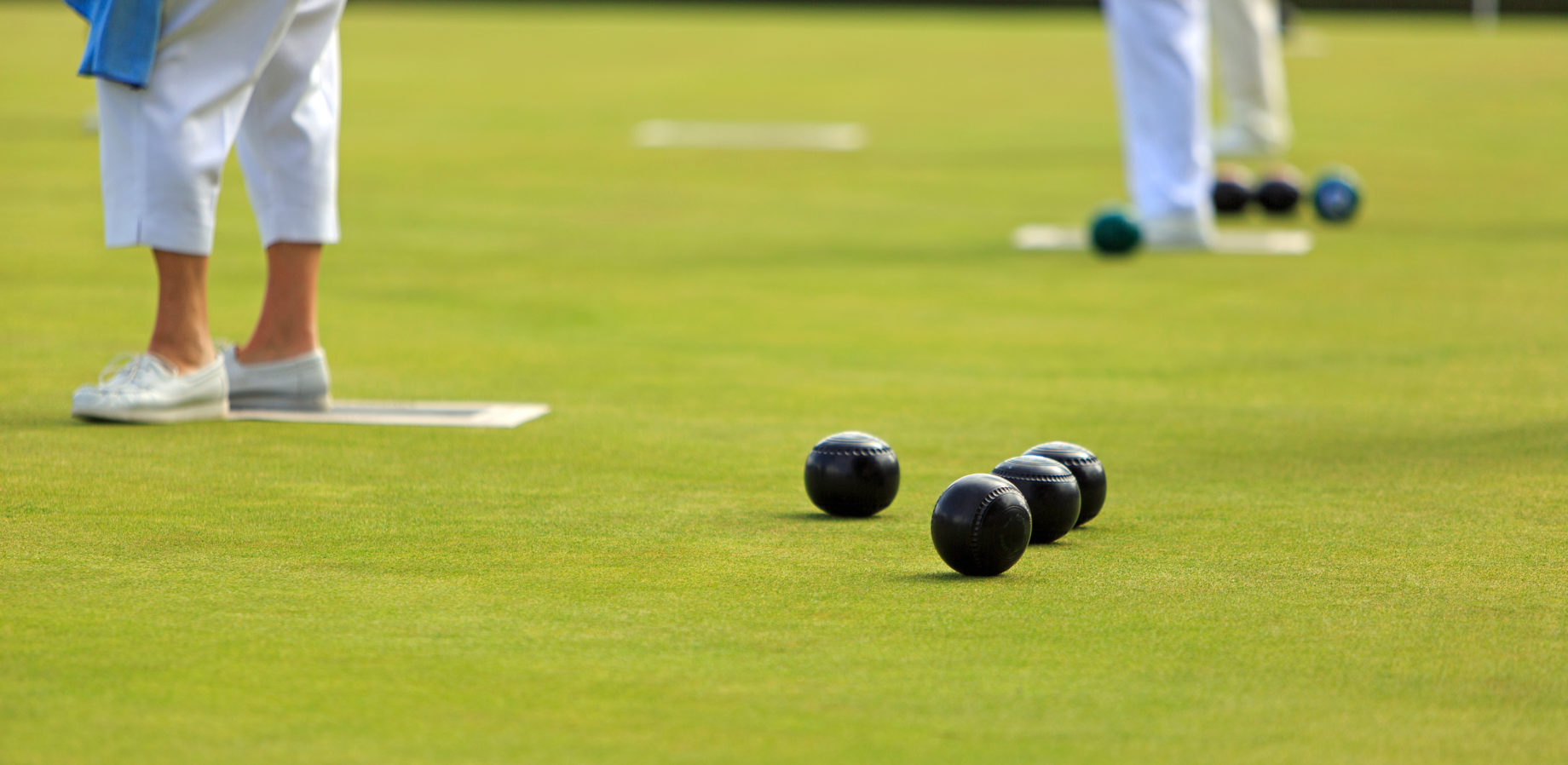Bowls sees revolution across Scotland to become a sport for all ages
The winter snow dusts the pristine green of Hampden bowling club in Glasgow’s Southside, just as it has done for decades. But Graeme Brown knows things need to change.
“There used to be a waiting list to join,” says the club treasurer, “but now the hardest thing is getting people through the door. For bowling clubs to survive they will need to completely change the way they work.”
The gentle sport of rolling biased balls on a flat lawn can be traced to the 13th century, but it was a cotton merchant from Glasgow who developed the rules for the modern game in the mid-1800s, and the city is today believed to boast the highest concentration of bowling clubs anywhere in the UK.
Bowls remains one of Scotland’s most popular participation sports, with 859 clubs and 57,673 playing members across the country. But it has struggled to shed its traditional image of stuffy blazers, rigorous regulations and sex-segregated competition, while local clubs have been slow to attract younger players.
Memberships have dwindled, with the future of individual clubs under threat as volunteer committee members retire and are not replaced. And the reduced revenue from players means that clubs struggle to fund the expensive upkeep of the lawn and a clubhouse that lies empty for months outside the summer season.
However, across Scotland, and in Glasgow in particular, bowling clubs are undergoing a quiet revolution as these beloved green spaces, once the beating hearts of the community, reinvigorate themselves for the 21st century.
“How do you compete with everything else that people want to do?” Brown asks. “You have to become a community hub, become part of the social fabric again. It’s crazy that we’re only open on Friday nights, seven months of the year.”
The 38-year-old, who joined four years ago when the grounds were threatened with being sold off, has an infectious enthusiasm and an encyclopaedic knowledge of the club’s history, including the fact that it is built on the site of the first Hampden Park.
“Bowls is accessible to everyone from five to 95 but it hasn’t kept up with the times, with old rules and regulations and out of date views on uniforms. When I first joined you had to wear a shirt, tie and blazer.”
Brown suggested a switch to polo shirts bearing the club logo.
“It took me eight months to get it through the committee but after that everyone bought one. It might sound small but from a club point of view it was massive because they started thinking: ‘Maybe we can change’.”
Continue reading the full article from The Guardian here.




